In the figure shown q is in coulomb and t in second. At time t=1s

Va−Vb=4V
Vb−Vc=1V
Vc−Vd=16V
Va−Vb=20V
The correct Answer is:A, B, C
q=2t2
i=dqdt=4t
didt=4A/ss
At t=1s,q=2C,i=4A
and didt=4A/s
Va−Vb=Ldidt=1×4=4V
Vb−Vc=qC=22=1V
VC−Vd=ir=4×4=16V
Va−Vd is summation of above three i.e. 21V.
Topper's Solved these Questions
- ELECTROMAGNETIC INDUCTIONBOOK - DC PANDEY ENGLISHCHAPTER - ELECTROMAGNETIC INDUCTIONEXERCISE - Level 2 Comprehension Based
13 Videos
- ELECTROMAGNETIC INDUCTIONBOOK - DC PANDEY ENGLISHCHAPTER - ELECTROMAGNETIC INDUCTIONEXERCISE - SUBJECTIVE TYPE
1 Videos
- ELECTROMAGNETIC INDUCTIONBOOK - DC PANDEY ENGLISHCHAPTER - ELECTROMAGNETIC INDUCTIONEXERCISE - Level 2 Single Correct
37 Videos
- CURRENT ELECTRICITYBOOK - DC PANDEY ENGLISHCHAPTER - CURRENT ELECTRICITYEXERCISE - Medical entrances gallery
97 Videos
- ELECTROMAGNETIC WAVESBOOK - DC PANDEY ENGLISHCHAPTER - ELECTROMAGNETIC WAVESEXERCISE - Sec C
22 Videos
Similar Questions
In the figure shown, F is in newton and t in seconds, Take g=10m/s2.
(a) Plot acceleration of the block versus time graph.
(b) Find force of friction at,t=2sandt=8s.

View SolutionIn the figure shown Vab at t=1 is

View SolutionIn the circuit shown in figure q varies with time t as q=(16t2). Here q is in coulomb and t in second.

Find Vabatt=5s
View SolutionIn the circuit shown in figure q varies with time t as q=(16t2). Here q is in coulomb and t in second.

Find Vab=(Va−Vb)att=3s
View SolutionIn the circuit shown in figure, circuit is closed at time t=0. At time t=ln(2) second
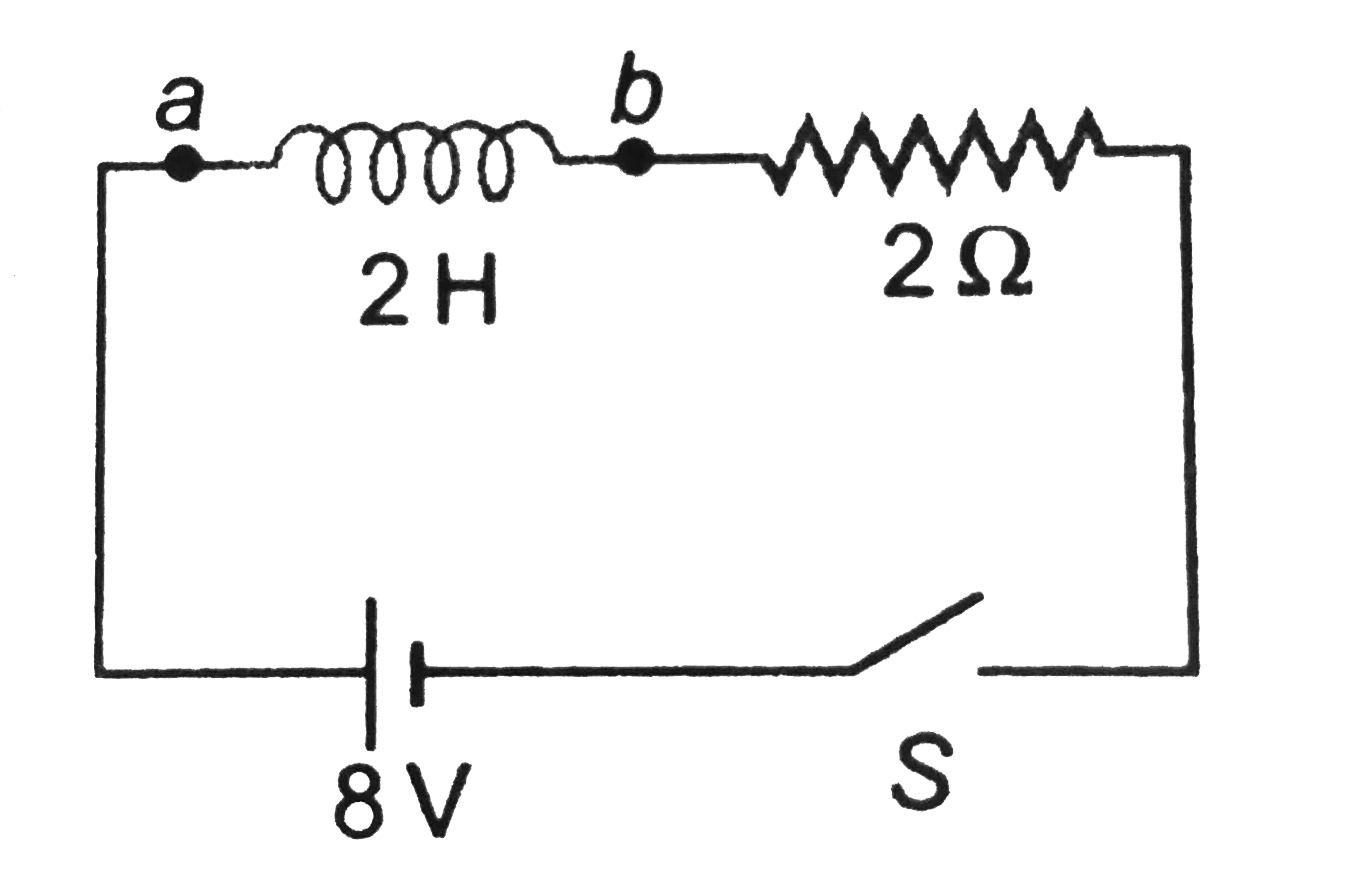
View SolutionIn the circuit shown, charge q varies with time 't' as q=t3−t2+4t, where q is in coulombs and time 't' is in second. Find VAB(VA−VB) in volts at time t=1 sec

View SolutionIn the circuit shown in figure switch S is closed at time t=0
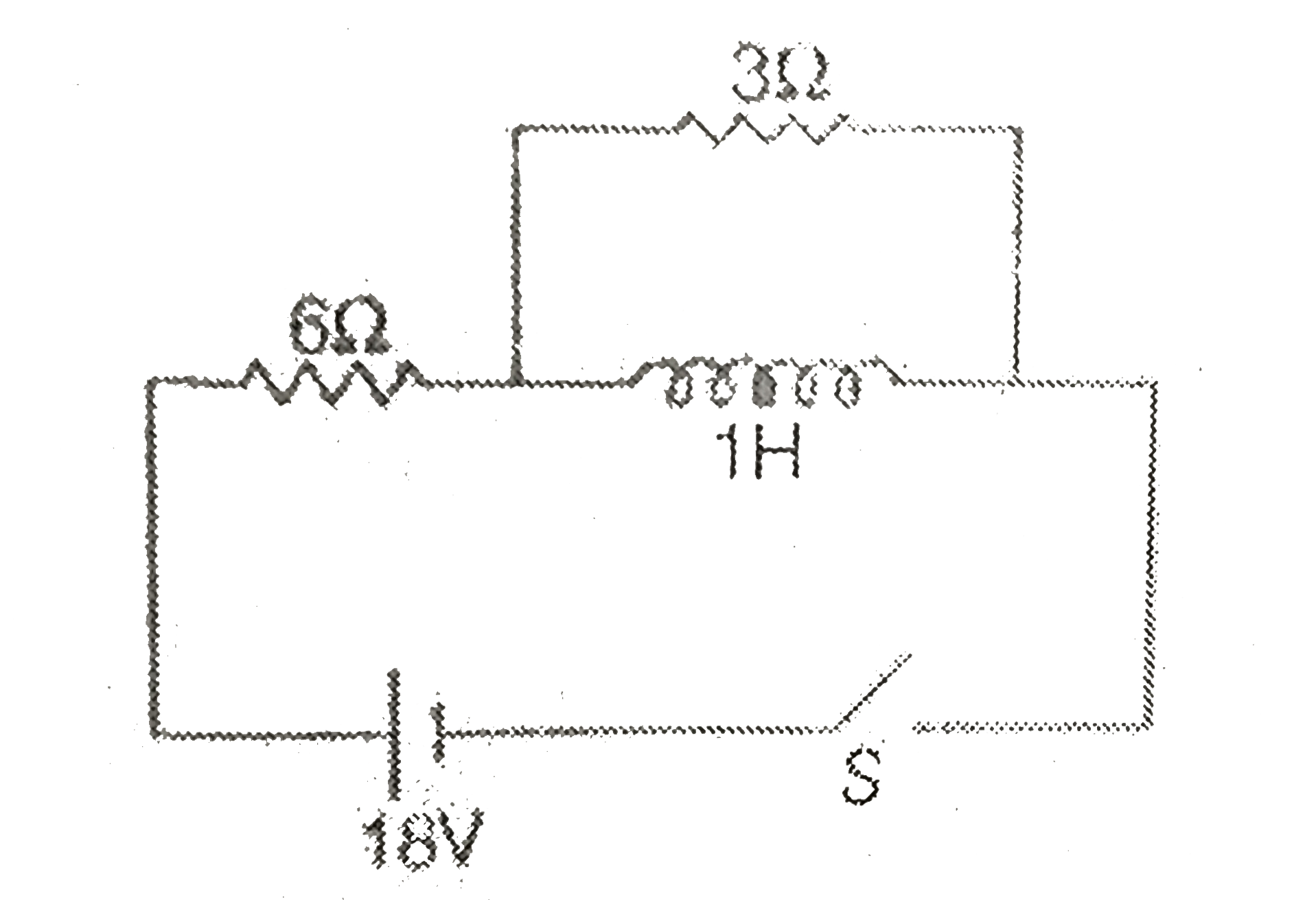
Current I from the battery at time t is given by
View SolutionIn the circuit shown in figure switch S is closed at time t=0
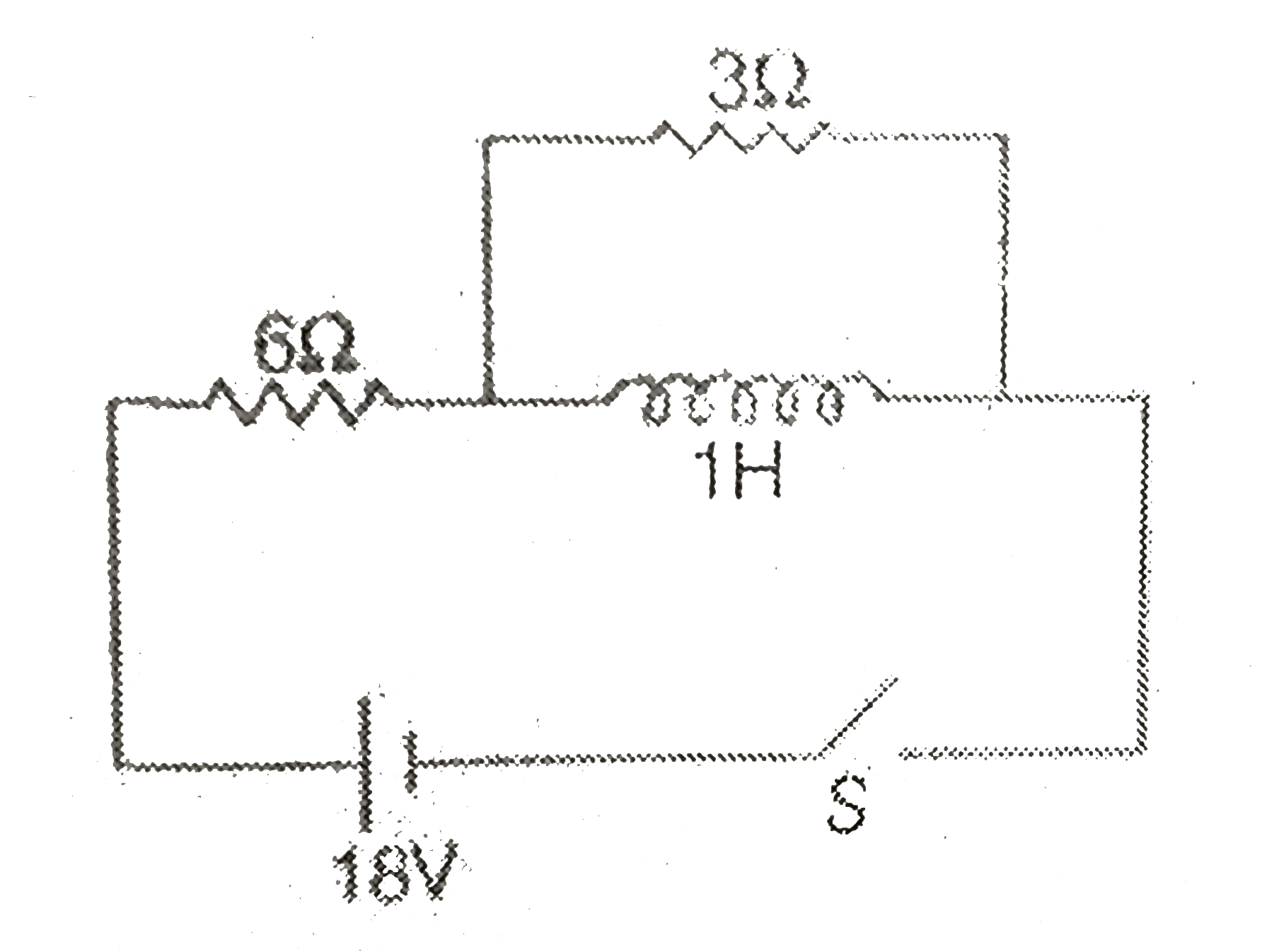
At what time current through 3Ω resistance and 1H inductor are equal?
View SolutionA point p moves in counter - clockwise direction on a circular path as shown in the figure . The movement of 'p' is such that it sweeps out in the figure . The movement of 'p' is such that it sweeps out a length s=t3+5 , where s is in metres and t is in seconds . The radius of the path is 20m . The acceleration of 'P' when t=2s is nearly .
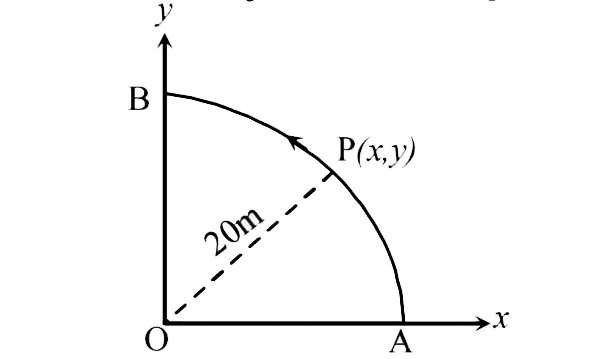
View SolutionIn the circuit shown in figure switch S is closed at time t=0
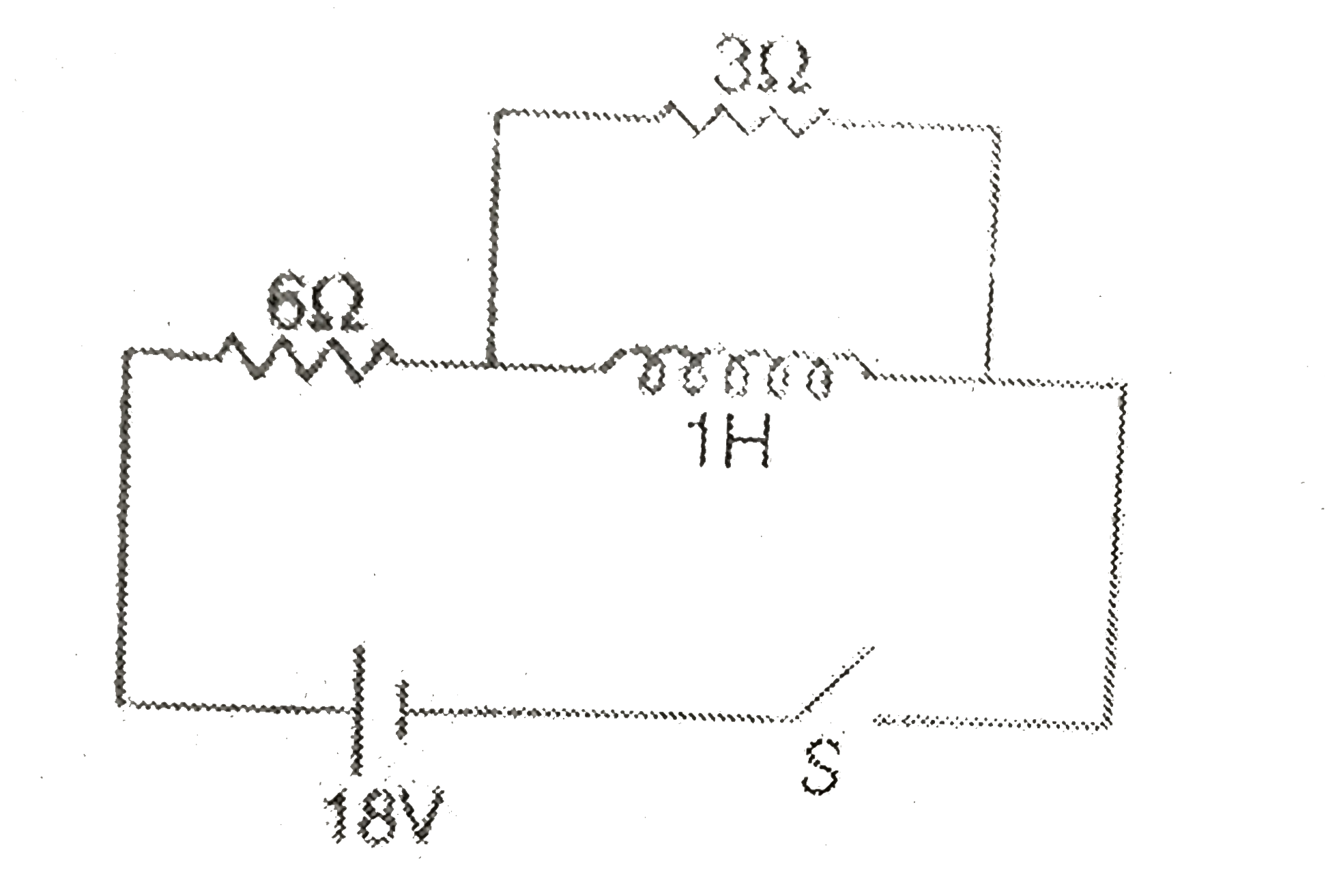
Potential difference across 3Ω resistance at time t is given by
View Solution
